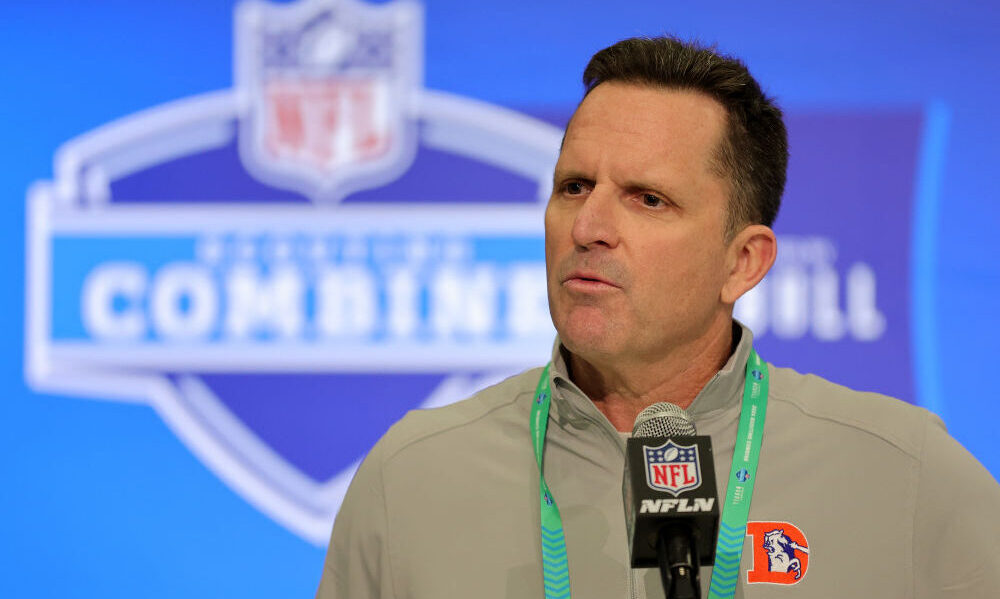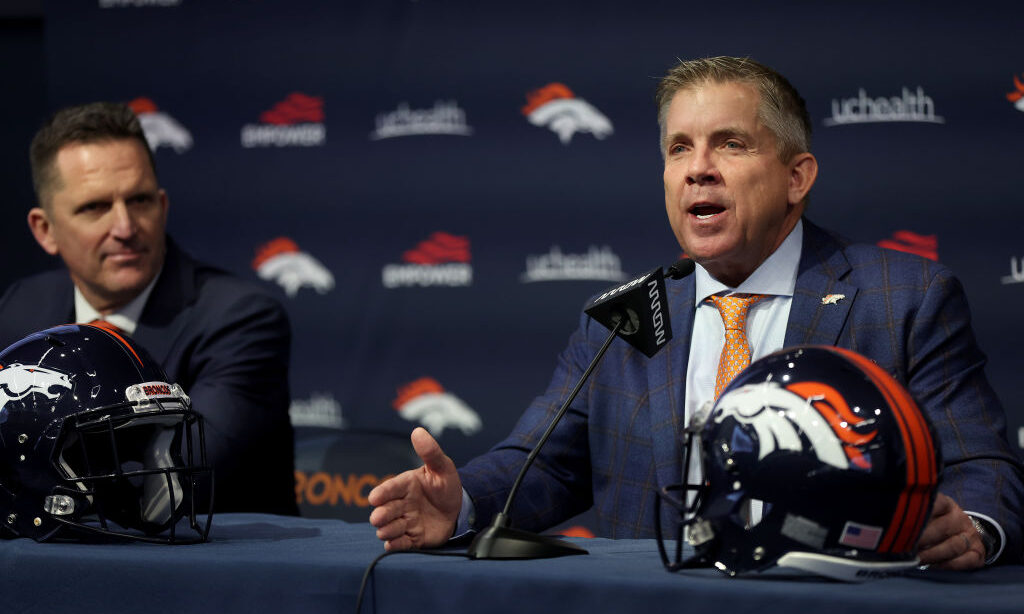Demaryius Thomas had Stage 2 CTE at the time of his death
Jul 5, 2022, 9:27 AM | Updated: 9:31 am
At the time of Demaryius Thomas’ death last Dec. 9, the former Broncos wide receiver had Stage 2 chronic traumatic encephalopathy (CTE), according to doctors at the Boston University CTE Center.
We thank the family of Demaryius Thomas for their bravery and willingness to share their story during this difficult time. #CTE https://t.co/rZfoiP8hCx pic.twitter.com/IooraNJkmZ
— BU CTE Center (@bu_cte) July 5, 2022
The announcement came Tuesday morning. Thomas’ family donated his brain to BU following a 10-season NFL career that was defined as much by the physical punishment he absorbed as the 724 catches and slew of accomplishments he amassed.
A formal CTE diagnosis can only be made postmortem.
According to the CTE Society, Stage 2 of CTE presents symptoms that include “depression, mood swings, headache and short-term memory loss. A smaller percentage of patients experience executive dysfunction, impulsivity, suicidal thoughts and language challenges during this stage.”
BU said that Thomas’ brain showed “mild frontal atrophy and dilation of the lateral ventricles.” He also had clusters of tau protein, an indicator of CTE.
Thomas also struggled with seizures at the time of his death. Those began after a February 2019 car accident in Denver. The Fulton County (Ga.) coroner’s office has not yet made a formal determination of Thomas’ cause of death. However, the BU CTE Center said that Thomas’ death was more likely due to the seizures, rather than direct complications from CTE.
“He had two different conditions in parallel,” Dr. Ann McKee, the neuropathologist who studied Thomas’s brain, told The New York Times.
As Thomas’ mother, Katina Smith, told the Times, even Thomas’ greatest triumph was tinged with a foreboding note. After the Broncos won Super Bowl 50, Thomas had to leave the team’s postgame party at the nearby Santa Clara (Calif.) Marriott.
“He was like, ‘Hey, y’all, I need to leave and go by myself because I don’t feel too good,’” Smith told the Times. “And so, you know, he left and didn’t even finish celebrating or anything like that.”
Smith also told the Times that Thomas’ peripheral vision diminished over the years. The Times reported that Thomas was also on two anti-seizure medications in the years before his death, but those proved ineffective, so he tried other treatment methods, including massages, a hyperbaric chamber and ozone therapy.
For a slew of Broncos teammates and staffers, the last time they saw Thomas was at Peyton Manning’s Hall of Fame induction in 2021.






